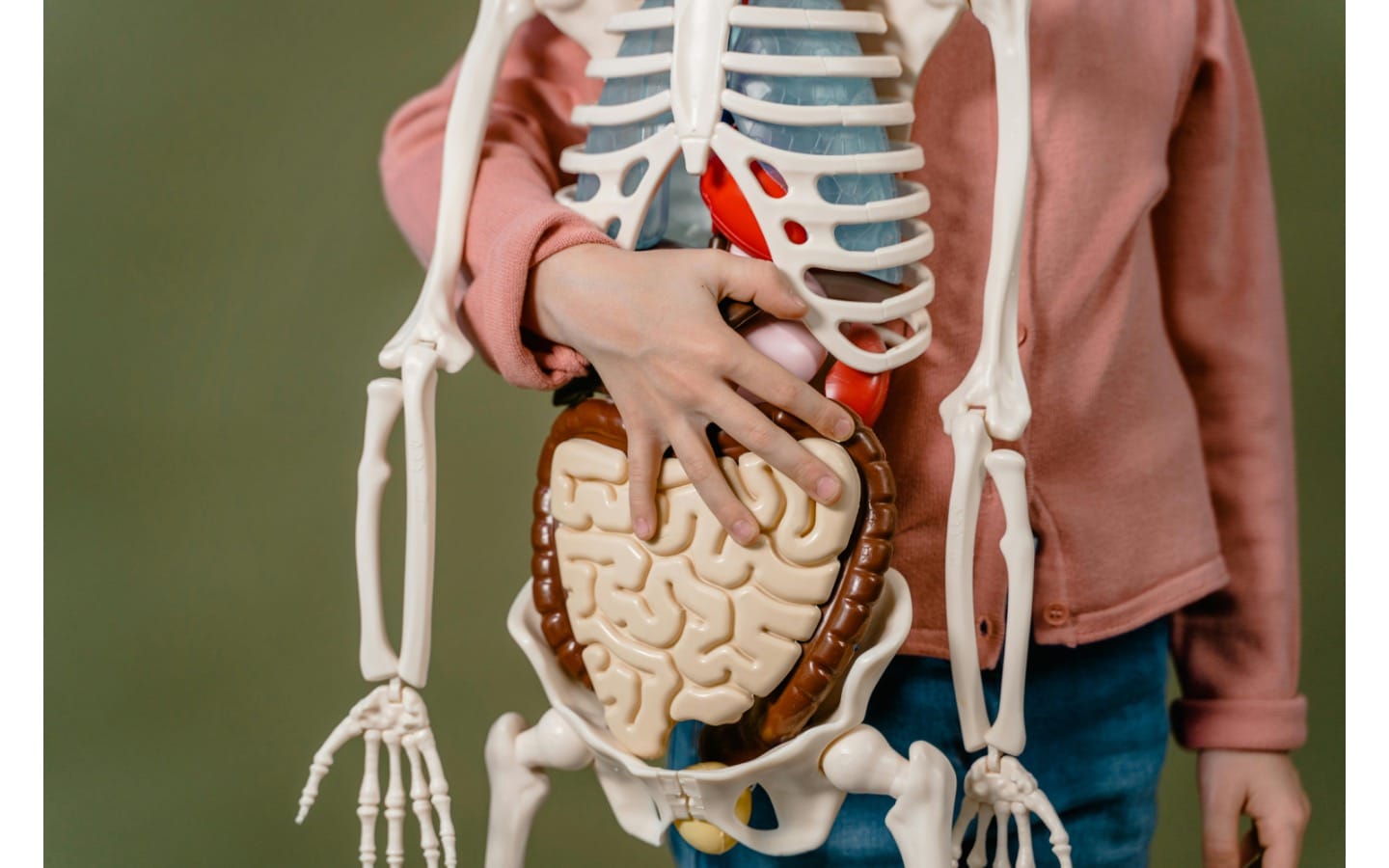
What is Pain Science?
You may have encountered the term ‘pain science’ at a visit to a doctor or when reading an article with a medical theme. Depending on how it is presented, application of pain science can be difficult to understand, and at worst, it can feel like an attempt to delegitimize your pain. However, pain science — and its therapeutic application known as Pain Neuroscience Education (PNE) — is worth looking into.
At its core, pain science recognizes that a component of chronic pain is related to heightened sensitivity in the nervous system, alongside and/or lingering after a physiological injury. Communication of this concept should not imply that most chronic pain is simply “in our heads,” but when effective, should aim to enhance confidence in returning to movement patterns that were previously limited by acute pain or injury. A frequently-used illustrative analogy likens pain to a home alarm system: the alarm still sounds whether triggered by a real threat or something incidental like a window left open. The alarm (the pain) is real, but one still needs to determine the response necessary once it’s set off. Examples like this separate the concept of pain from automatic association with physical injury without needing a deep structural understanding of the nervous system.
When provided by a skilled clinician/educator, PNE has been shown to help patients cope with chronic musculoskeletal pain and catastrophize less (1). A 2020 meta-analysis found that PNE does have a beneficial effect for patients with chronic pain, especially when combined with a progressive exercise program (2). Physical therapy patients with one of the most common complaints brought to a PT, chronic low back pain, reported better functional outcomes in an interdisciplinary PNE program than a control group in PT alone (3).
Interestingly, when PNE is beneficial, it is seen in decreased catastrophizing and decreased fear avoidance behavior, but does not necessarily correlate with a decrease in reported pain level (1). Accordingly, a 2016 meta-analysis emphasizes the importance of combining PNE with a hands-on PT approach, without losing any benefits of either (4).
One of the most comprehensive research reviews on PNE also revealed the need for an individualized approach tailored to each patient, along with consistent messaging in delivering this approach across medical teams (2). Standardized methods ensuring effective presentation to patients are still lacking, so unfortunately patients are not yet seeing the proven benefits of PNE at the same rate that pain science itself is advancing.
TLDR: So what does this mean for you as a PT patient?
- Pain is a very complex physiological phenomenon and is not necessarily proportional to mechanical injury.
- As a patient, you not only deserve a comprehensible explanation of the current science pertaining to chronic pain, but this information, when communicated effectively, can also improve your recovery.
- Physical therapists are in a unique position to help you interpret pain while building confidence in pain-free movement. Talk to your PT if you would like to introduce more pain science education into your sessions!
If you would like to know more, the most common pain science resource easily accessible to patients is entitled “Why do I hurt?” and can be previewed HERE.
By Joanna Binney

